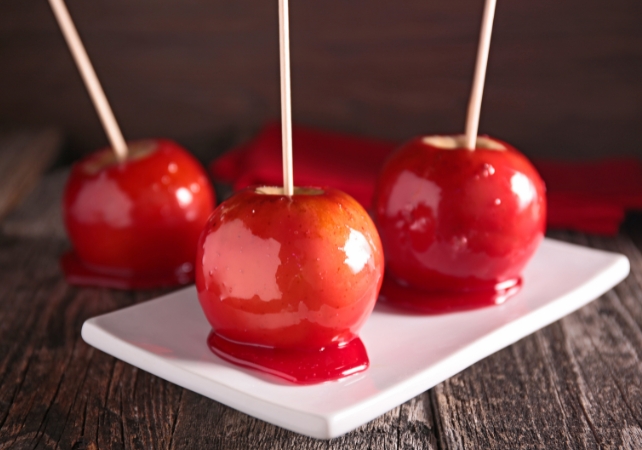The administration of outgoing US President Joe Biden on Wednesday announced a ban on red dye No. 3, a controversial food and drug coloring long known to cause cancer in animals.
Decades after the first scientific evidence raised alarms, Red 3, as it is also known, is currently used in nearly 3,000 food products in the United States, according to the nonprofit Environmental Working Group .
“FDA is revoking authorized uses in food and ingested drugs of FD&C Red No. 3 in the color additive regulations,” says a document from the Department of Health and Human Services, published Wednesday in the Federal Register.
The decision stems from a petition filed in November 2022 by the Center for Science in the Public Interest (CSPI) and other advocacy groups, which cited the “Delaney Clause” – a provision requiring a ban on any additive dye likely to cause cancer in humans. or animals.

Notably, the FDA determined as early as 1990 that Red 3, whose chemical name is erythrosine, should be banned in cosmetics because of its link to thyroid cancer in male rats.
However, the additive continued to be used in foods, largely due to resistance from the food industry. Manufacturers of maraschino cherries, for example, have relied on Red 3 to maintain the iconic red hue of their products.
It’s also found in thousands of candies, snacks and fruit products — as well as thousands of medications, according to a search of a government database, DailyMed.
“Manufacturers who use FD&C Red No. 3 in food and ingested drugs will have until January 15, 2027 or January 18, 2028, respectively, to reformulate their product,” the FDA said.
Although the agency acknowledged a link to cancer in rats, it maintained that available evidence does not support such a link in humans, citing differences in hormonal mechanisms between species and exposure levels. significantly lower in men.
The United States is lagging behind
While the FDA’s decision focused on carcinogenicity, other research has also revealed potential neurobehavioral effects of synthetic food dyes on children, including attention-deficit/hyperactivity disorder (ADHD).
“The body of evidence from human studies indicates that synthetic food colors are associated with adverse neurobehavioral outcomes in children and that children vary in their sensitivity to synthetic food colors,” a 2021 California government report found.
Animal studies have indicated that synthetic food colors cause changes in neurotransmitter systems in the brain and produce microscopic changes in brain structure, affecting activity, memory and learning.
The United States has been slow to act on the Red 3 compared to other major economies. The European Union banned its use in 1994, and similar bans have been passed in Japan, China, the United Kingdom, Australia and New Zealand.
Carl Tobias, a former FDA legal consultant and now a professor at the University of Richmond, told AFP it was “difficult to reconcile” the agency’s mission to protect American health. , with the prolonged delay in making a decision.
“There is quite a lot of lobbying, there always has been, and some of it is sometimes effective,” he said, calling the ban “a step in the right direction.”

CSPI also welcomed the FDA’s decision as long overdue and expressed hope that it would pave the way for broader action against other harmful chemicals in foods.
“They don’t add any nutritional value, they don’t preserve food, they’re just there to make it pretty,” Thomas Galligan, a CSPI scientist, explained to AFP.
The nonprofit called on President-elect Donald Trump’s new administration to take additional steps to protect consumers, including setting stricter limits on heavy metals like lead, arsenic and cadmium in foods consumed by children.
© Agence France-Presse


